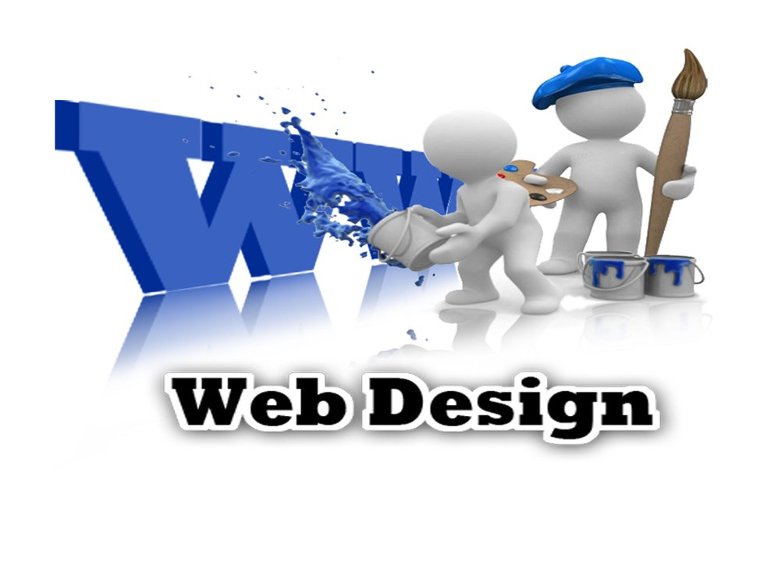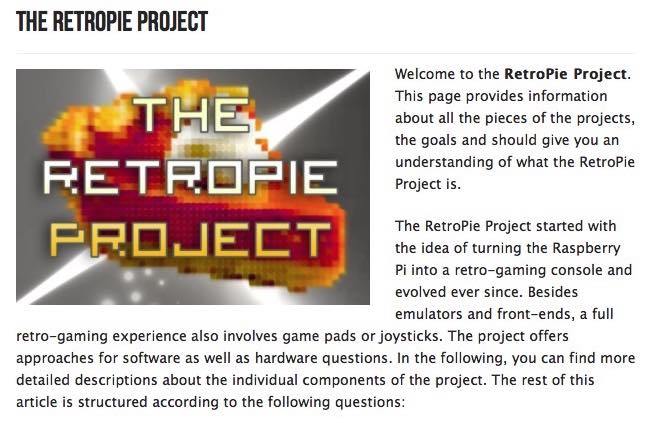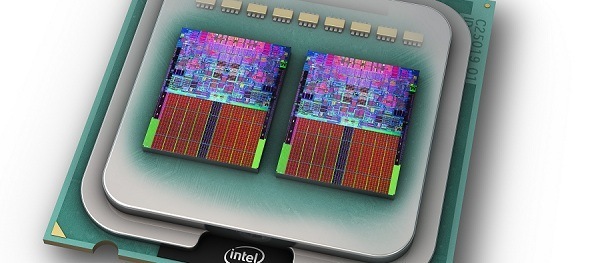Creating slick, chrome and fully functional mobile apps is on the agenda of every developer and designer. However, the superficiality of it all comes later. As a norm, comprehensible user interface is of the top priority and that’s what makes the task of creating mobile apps a lot more complicated and focus-driven.
Now, when we talk of user interface, we are quickly drawn to the user interface design patterns that have been dominating the trend from quite a while now. These trends have poured over a truckload of websites and applications all across the web realm, and examining these from the point of view of UX can be of a great deal of help to any designer who wishes to create designs that are not just visually appealing, but give the aspect of user-friendliness a springtime:

The Plain, Non-Fussy Login Screens
The login screens were never meant to be fancy in the first place, were they? Yet, there are number of designers who, with their go for broke ambitions, go on to add a lot of fanciness and fluff to the log in screens of their applications, and in the process, make the screens look cluttered.
The login screens are meant to be the key to your respective features, and being overtly flamboyant with them hardly proves to be an incentive. Rather, you should make them simple, straightforward, easy to log in, the easy to click buttons, and easy to see input fields. The registration button should be placed on the same frame where the login button is placed.
Delayed Registration Forms
On the web, there is growing clamour over the sign up forms with many suggesting that these should be abandoned all together. But, there are ways to keep them, and make users fill them out. And that’s called lazy registration.
Lazy registration dictates that before you swing a registration form at your users. You allow them to navigate through your app thoroughly and choose some products or offerings they wish to buy. Once the users have comprehensively examined your app to determine if it adds any value to them, you can toss the registration form. This works because if you have ensured a good UX, your users will only consider filling out few details a part of the whole process, rather than a redundant task.
Pull to Refresh
This feature has caught on after some social media networks used it for their apps. When users want to reach the top of the feed, they just swipe the screen from top to bottom and the feed is refreshed.
There is no reason why you should not use the same feature, not just for new updates, but also for displaying the older items. As you add more and more capabilities to the app, the older features can be checked out by reaching top of the feed. Irrespective of the size of the screen, the pull-to-refresh feature works exceedingly well to give users easy access to new and old updates, photos, or other type of files.
The Menu Styles
Now, there are two most implemented styles of displaying menus – the tabbed menus and the sliding menus. Of all the things that are consistent in the mobile environment, smaller screen sizes has to be taken into account for every feature you add to the apps. So, when users are asked to scroll between different screens, the process should be hassle free.
Now, we have seen Apple introducing the IUTabBar interface that contains several tabbed buttons at the bottom of any app. With this button, users are given the wherewithal to switch to any view, irrespective of which page they are at. And they do not need to use the back button at all. And then there is the sliding menu that can contain more links than its tabbed counterpart. While it requires more code to be written, the style of navigation provided by this feature is also much to the liking of the end user.
Breadcrumbs
At the end of the day, it all boils down to how you make your visitor take an action on your app that serves in your interest. And placing breadcrumbs is a reliably excellent way of evoking those actions. As the label suggests, these can be used to draw the user’s attention towards a functionality that you want them to go to, irrespective of at which page on your app they are at.
These are actually some text links that are separated by the > sign. Or, you can also use images in there for them to be more noticeable.
The breadcrumbs hardly follow a hierarchy, and they are more often not placed on the home page, at a position where you simply can’t ignore them. The breadcrumbs are actually small sized items that won’t take much of a space on your app’s layout and occupy a spot usually on the header.
Swipe
Twitter is among the pioneer of this feature, as it lets you know the details corresponding to a Tweet when you swipe left from right or vice versa. Now, many android and other apps have caught on and are using the swipes and taps for users to interact with the app. This feature really does extend the UI design functionality to a whole new level.
There are apps that have a lot of content written within the app and they can use the swipe feature for the user to hide the redundant details.
More Segmentation
It is a common practice to use small button groups that are displayed on the very top part of the mobile app screen. There are several options appended to them as well and they can also be used to switch between different navigational screens and tabs.
The segmented buttons are primarily used on the apps that have a lot of written content right there on the first page. The applications for maps often use these types of buttons. Also, the social networking apps can use them for the user to view profile, pictures, videos, etc. The biggest benefit that segmented controls have on your app is that they offer navigation within a navigation, which is something that goes a long way in enhancing the user experience as there is a lot of sense of structure lend to the overall app.
Slides
Well, a feature that combines user friendliness with visual appeal and smooth navigation, there is way too much going for slides. While there have been some complaints regarding the fact that they affect a website’s speed by quite a measure, the truth remains that such issues have duly been addressed.
Whether you create the slides by coding in CSS or you use the various plugins available for the feature, there is a better chance of you jazzing up your website’s appearance without rendering it slow or bulky. The plugins are coded in the most impeccable manner to make sure that the slides are fully featured and give users a great browsing experience, without really putting a lot of load on your server. There is a negligible change in the page size, and that is alone worth the price of admission. The fact that these slides power your website to take giant strides towards improved user experience make them a must – irrespective of the domain your website belongs to.
The Hover Control
When you are running a website that is meant to have a truckload of options for the users to choose from, there is a greater risk of clutter creeping in to the web page. And that clutter comes from huge text snippets, the shot up number of image thumbnails, too many hyperlinks, etc.
in such a scenario, it is a great practise to keep a hover control, which implies that whenever a user hovers over a particular area, the information contained there is only displayed then. Hiding large chunks of information and data by hover control goes a long way in de-cluttering your web pages.
The Guided Tour Feature
And then there is that! Now, there are apps that need to explain it to users how to use them, and the guided tours can go a long way in helping them do so. While some websites use a full fledged tour to help user get a better understanding of what it’s all about, the tour might also consist of not more than three screens, but these are effectively used to make the user understand the yin and yang of applications. The tour introduces the users to the various features the website contains, the offerings it has, the discounts that might be on offer, etc.
Despite the sound nature of the afore-mentioned patterns, the designing trends will keep on evolving. For the time being, you can evaluate which of the afore-mentioned fits your app. The right mix of design, the feature set, and the user-friendliness can indeed give your app its adrenaline shot of relevance.
The post The Timeless Designing Patterns for Enhancing the User Interface appeared first on NARGA.
Other posts you may like:
- Pinvoke Fugue Icons – another high quality pixel icons pack
- High quality fonts collection – 4 Free Beautiful fonts of september
- 35 Creative WordPress Custom Login Design






















No Comments